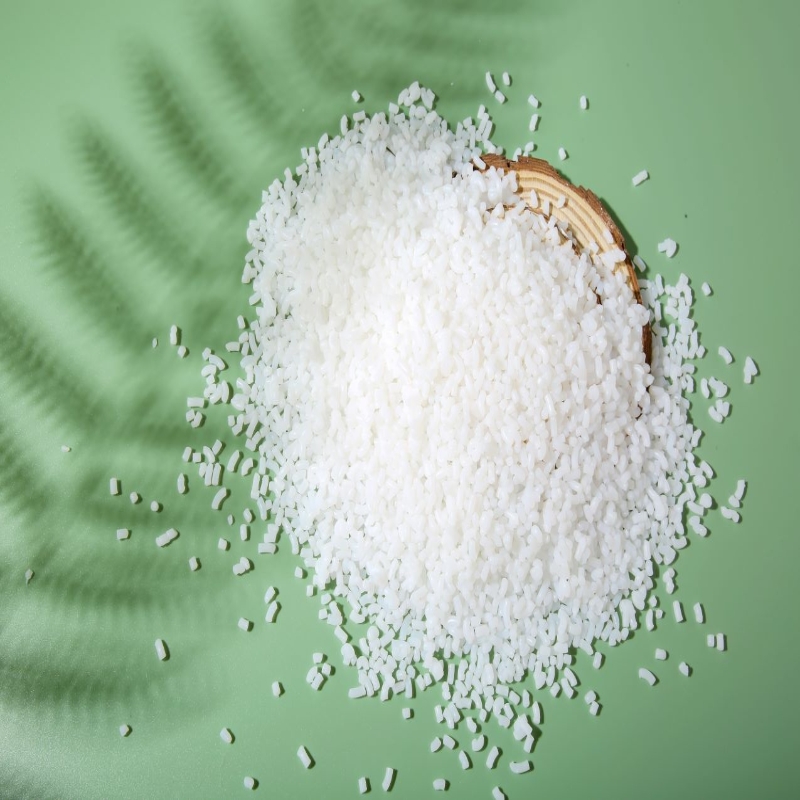-
Categories
-
Pharmaceutical Intermediates
-
Active Pharmaceutical Ingredients
-
Food Additives
- Industrial Coatings
- Agrochemicals
- Dyes and Pigments
- Surfactant
- Flavors and Fragrances
- Chemical Reagents
- Catalyst and Auxiliary
- Natural Products
- Inorganic Chemistry
-
Organic Chemistry
-
Biochemical Engineering
- Analytical Chemistry
-
Cosmetic Ingredient
- Water Treatment Chemical
-
Pharmaceutical Intermediates
Promotion
ECHEMI Mall
Wholesale
Weekly Price
Exhibition
News
-
Trade Service
A new paper deals with a simple manufacturing method of eco-friendly sanitary coatings based on acrylic latex, which contains embedded inorgetable nanoparticles from ZnO and MgO of the nanostructure, respectively, and have antibacterial effects.
, unsopened powdered nanostructure oxides are incorporated into latex during latex synthesis using two-step emulsion polymerization technology. This technical approach consists of approximately 0.5 to 1.1 wt
. % dispersing latex of inorglio nanoparticles. %(based on solids) was successfully prepared. In order to obtain a high-performance coating film, the self-linking chemistry of ketones-acetyl was introduced into latex. The antibacterial efficiency of the coating was evaluated on the type and concentration of nanoparticles incorporated.
A significant saving on commercial sterilization additives
it is certain that, due to the combination of co-price and cross-linking of ion interfaces, all latex coating compositions containing inoroculation nanoparticles exhibit long-term storage stability and provide a smooth transparent coating with enhanced solvent resistance and water resistance. Latex films show significant antibacterial activity, which is more pronounced as nanoparticle content increases. It has also been found that MgO, which adds nanostructures, can significantly save commercial biocide additives while maintaining high antibacterial efficiency.
the study was published in October 2020 in volume 147 of Organic Coatings Progress.







